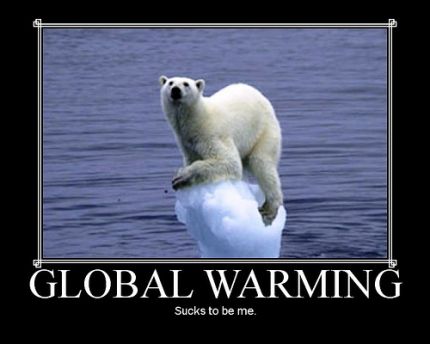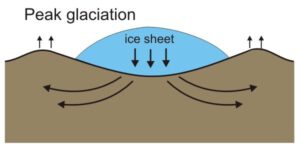With the debate about global warming still raging it might come as a surprise to many to discover that we are still living in an ice age. While the climate is without a doubt warming around the globe, and the glacial regions are disappearing practically before our eyes, how could we possibly be in an ice age? First we will explain how ice ages and their opposites, interglacial periods occur.
Both glacial and interglacial periods coincide with normal cyclic changes in the Earth’s orbit around the Sun. There are three orbital changes tat can contribute to these changes.
- The Earth changes its eccentricity around the Sun.
- There is a shift in the tilt of the Earth’s axis.
- The wobbling motion of Earth’s axis.
Summer in the northern hemisphere occurs when the Earth is tilted towards the Sun on its axis, and is closer. Winter is the opposite. During glacial and interglacial periods the effect of the Earth wobbling is more pronounced, with the seasonal changes being more extreme.
The periods between ice ages are called interglacial’s. It is a period of above average warmer global temperatures that usually last for thousands of years. This is where we will try to confuse you. The current Holocene interglacial period began about 11,400 years ago. It started with the end of the Pleistocene period.
So how could it be that we are living in an ice age while also living in an interglacial. It comes down to definition. Technically, an ice age is defined as a long term reduction in global temperatures, which results in presence of polar ice sheets and alpine glaciers. So by definition we are still living in the ice age that began 2.6 million years ago due to Arctic, Antarctic, and Greenland ice sheets still exist.








